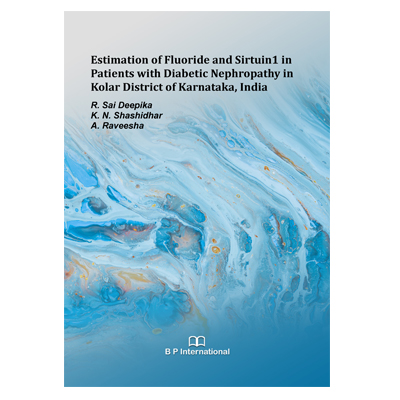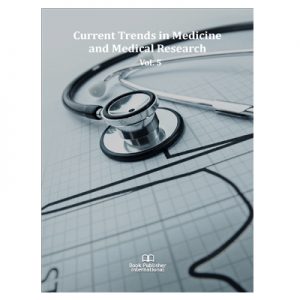We are glad to present a study on non- skeletal fluorosis in Kolar District. Till date there studies on skeletal and dental fluorosis based on which scorings were allotted. Non- skeletal fluorosis are mentioned in various books since decades but are not emphasized in routine. Today’s research will be in tomorrow’s diagnostic, hence, estimation of serum and urine fluoride in population exposed to fluoride since years must be made mandatory in laboratories set up in fluoride endemic districts.
As a reopening of the subject on non- skeletal fluorosis, we estimated fluorosis in subjects with type 2 diabetes mellitus, diabetic nephropathy compared with the healthy controls. All the subjects were resident of the same district. As a fact, fluoridated water is a consequence of drought which is one of the prime reasons in Kolar district. Therefore, the difference in effect of fluoride and its consequence on subjects varies which may be due to the difference in the genetic make up.
Apart from fluoride and fluorosis, the study also includes an interesting anti- aging molecule ‘Sirtuin1’. The vested interest was to find a molecule which could predict fluorosis or decrease the severity of fluorosis in health and disease. The theory behind linking fluoride with Sirtuin1 is the aging process. The hypothesis of fluorosis is, fluoride exposure is directly proportional to prevalence of aging disorder such as diabetes mellitus, thyroid disorder, cancer, metabolic syndrome etc. Hence, there may be alteration in the sirtuin1 which is designated as a molecule which helps in repair of wear and tear. The latest theories of intermittent fasting and calorie restriction essentially depends on sirtuin1. This made us work on sirtuin1 linked to fluoride.
As we move along the process of aging and collecting the other factors responsible for aging, the pro- aging molecule in Diabetes mellitus that is Advanced Glycation End products (AGEs) are thought to plan a key role in enhancing the collateral damages in diabetes mellitus especially in type 2 diabetes mellitus. Since the micro vascular complication included in this study is Diabetic nephropathy (DN), the AGE predominantly increased during DN as per literature review is Carboxy Methyl Lysine (CML) was added to the study. Also, the fluoride excretion is largely through urine the association between CML and Fluoride was studied for a better clarity on the mechanism. Therefore, apart from serum and urine fluoride, estimation of plasma CML if included as a routine diabetic profile molecule, may prevent the further systemic complications.
Among all the molecules explained above are related to fluorosis and health. One of the additional parameter which helps monitoring the glucose metabolism is ‘Insulin’. Fasting insulin was assayed to find the extent of resistance and sensitivity of cells to Insulin by Homeostasis Model Assessment- Insulin Resistance (HOMA- IR) and Quantitative Insulin Sensitivity Check Index (QUICKI). Based on the insulin reception by the cell, the overall bodily metabolism is evaluated. The major aging disorders depends on glucose metabolism which in turn depends on the hormones; Glucagon an Insulin.
In summation, this book portrays the novel correlation of Fluoride in diabetes with Sirtuin1 (anti- aging) and CML (Pro- oxidant). The exposure of readers to this flow and linkage may be an opener to include these molecules in diagnostics in future as prognostic marker of aging disorders. Sirtuin1 can be included in therapeutics after further evaluation of its role in a larger cohort studies.





